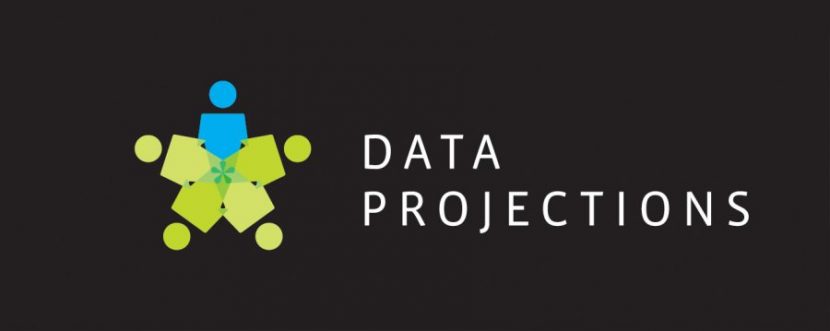How AV Integrators Help with Standardization
AV integrators take a long range approach when designing AV solutions for their clients. They design the solution to fit perfectly in the present and remain viable for years to come. To do this, reputable integrators will survey the property, communicate with the client regarding their needs and challenges, get input from IT and relevant departments, train employees on the system’s use and observe how the technology is utilized following installation. Once an integrator has a clear idea of which solutions would work best, they help their clients devise a long-term plan for standardizing and getting consistent with AV. In many cases, companies elect to bring on the integrator as a long-term technology partner. There are many benefits to this approach, most of them having nothing to do with standardization, but where AV standardization is concerned, this is how an integrator partnership can pay off:• Centralize AV planning and purchasing – The main reason why companies lose control of their AV situation is because there is no one person or department responsible for making AV decisions. Every department picks their own AV equipment out, purchases it and sets it up. If a business has 10 departments and no AV standardization, they have 10 different AV solutions in place.
AV integrators can take charge of planning and purchasing, acting as the gatekeeper in this regard. This helps with standardization and ensures money isn’t wasted on bad purchases.
• Establish better AV processes – AV standardization concerns more than just the hardware. It also concerns how to request technical support, how the technology will be used, how it is maintained, how it is replaced and how new technology is purchased.
Without an AV expert on hand, building out these policies may require a lot of costly trial and error. Experienced integrators, though, know what best practices look like in this area, and will help clients rapidly establish them.
• Replace and upgrade while maintaining standardization – Companies can get off track with their technology when older equipment needs to be replaced. AV integrators ensure their partners stay on track by planning out refresh cycles years in advance. This allows companies to plan for purchases that are necessary to maintain standardization.
Why Standardization is Important
AV standardization is an easy sell to decision makers, as there are obvious benefits to getting consistent with technology and solutions. Here’s why standardization should be prioritized:1. Improves internal and external communications – Companies are relying on remote employees more than ever, according to Gallup. It found that 43 percent of workers spent at least some of their time working remotely in 2018. That’s up from 39 percent in 2012, and it’s a trend that’s likely to continue as conferencing technologies get better.
AV standardization ensures your remote employees are able to connect with each other and with people working onsite. By standardizing the conferencing software your remote employees are using, compatibility issues are no longer a concern.
External communications are also made better with standardization. That’s because employees can get familiar with a single conferencing solution, so they are more comfortable with the technology during a meeting. The last thing any company wants is their brand being tarnished by sloppy communication, but that’s what will happen if people are focusing on the technology and not the conversation.
2. Streamlines equipment maintenance – Occasionally, AV systems need more thorough maintenance and replacement components. If your company is running several AV systems, though, and some of them are obsolete, maintaining everything becomes a logistical catastrophe.
With AV standardization, everything is simpler, including system maintenance. No matter what room experiences the technical issue, the fix is always the same.
3. Lightens the learning load – With every new AV technology, there’s a new technology to train on and learn. It’s not realistic (or a wise use of time) to expect employees and IT personnel to become proficient with a dozen different AV setups. There are far better uses of IT’s time, and far better uses of your company’s manpower. With AV standardization, your employees and IT personnel only have to learn one system to learn everything.
4. Improves the AV experience – When AV technology is at its best, it’s fun to use. When technology is fun to use, people are more likely to use it again, and getting professionals to adopt new technology is critical to staying competitive. AV standardization helps create this relationship between employees and the technology they use. Because employees don’t have to get used to several AV systems at once, they can focus on getting comfortable with a single solution that has been developed by an AV expert.
Standardization of AV systems is essential across an enterprise, to ensure responsive communication, unified workflow and engagement with the technology. AV integrators can help their clients achieve standardization and work to keep them there.


